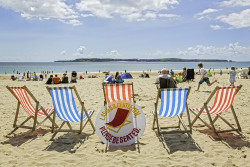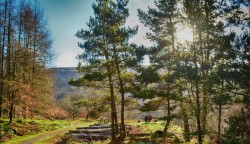The Rhondda is rich in industrial heritage, natural beauty and cultural history. The area is famous for its two valleys, Rhondda Fawr and Rhondda Fach, which are probably the best known of the South Wales Valleys.
They nestle between the Brecon Beacons National Park to the North and the M4 and coastal capital of Cardiff to the South, with outstanding scenery close to wonderful recreational opportunities.
Once scarred by its coal-mining, the now green steep-sided valleys stand tall alongside the signature terraced streets of the towns and villages, which have plenty to offer, including affordable housing and vibrant valley regeneration.
Ferndale was the birthplace of actor Sir Stanley Baker; Stanleytown produced comedian Paul Whitehouse; Tonypandy the scene of the miners’ riots of 1910; Penrhys until the late 16th century one of the holiest sites for Christian pilgrims in Wales, boasts the statue of Our Lady of Penrhys, and a medieval holy well; Treorchy is sometimes described as 'the longest High Street in the world' as villages merge one into another.
Read more at:
The Rough Guides said:
“This may not be traditional tourist country, but it’s one of the most interesting and distinctive corners of Wales, with a rich social history. Some former mines have reopened as gutsy museums – Big Pit at Blaenafon and the Rhondda Heritage Park at Trehafod are the best – while other excellent civic museums include those at Pontypridd and Aberdare. Meanwhile, there’s a more traditional visitor attraction in the form of Llancaiach Fawr Manor.”
Read more at:
21 hidden gems in the Valleys www.walesonline.co.uk/whats-on
Read more about the wider South Wales attractions: www.visitwales.com
How the region is looking to the future with plans for a new South Wales Metro transport system. Click here to read more.



